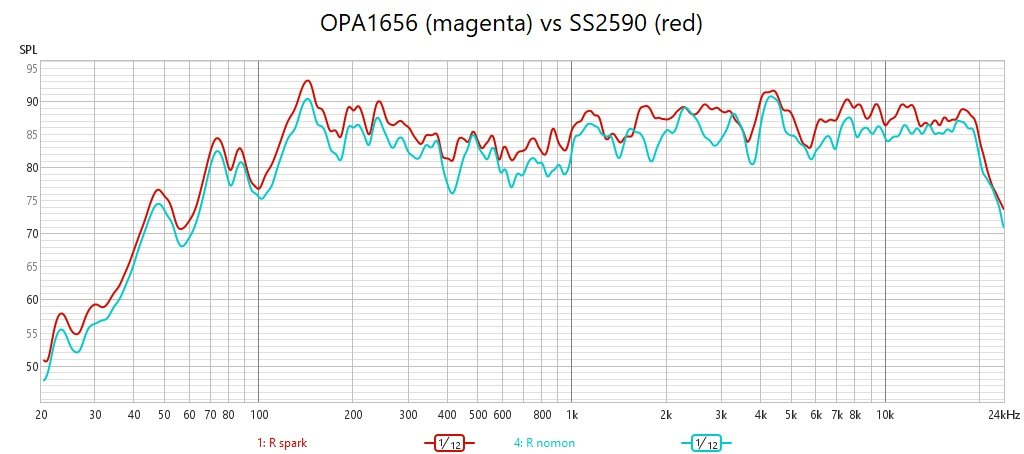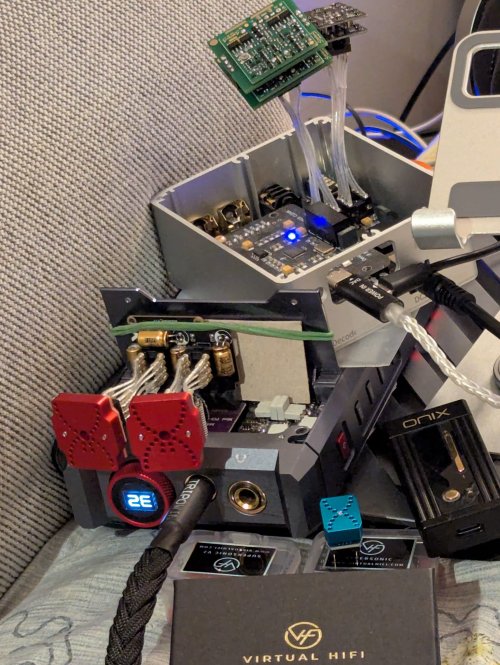PurpleAngel
Formerly known as Tacoboy
Quote:
I ordered a 10 pack of soldered AD797BRs, so I still have 7 spare ones to use as replacements.
Its probably my fault are you using the AD797, it just sounds so good, but don't be surprised when they break from all the oscillation.
I have said before for my STX the following are on my list:
- LME49990
- OPA1612
- HA5002
- AD8599
I ordered a 10 pack of soldered AD797BRs, so I still have 7 spare ones to use as replacements.
























